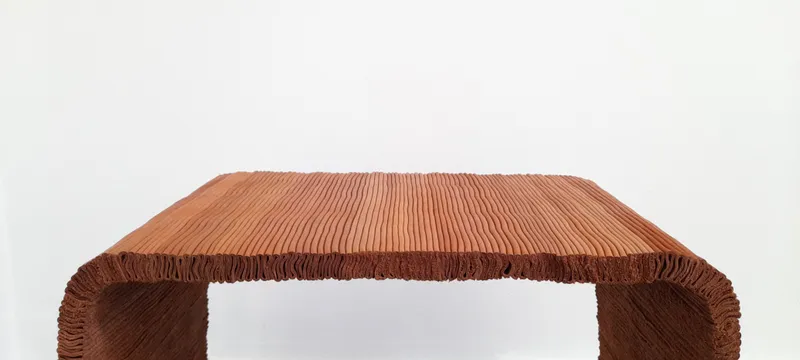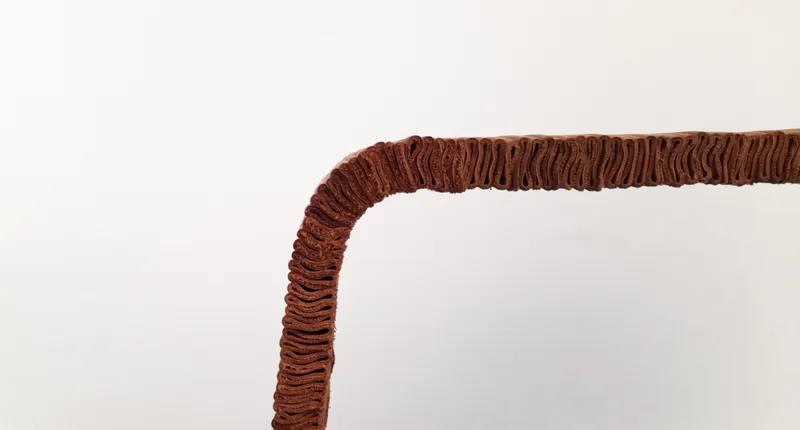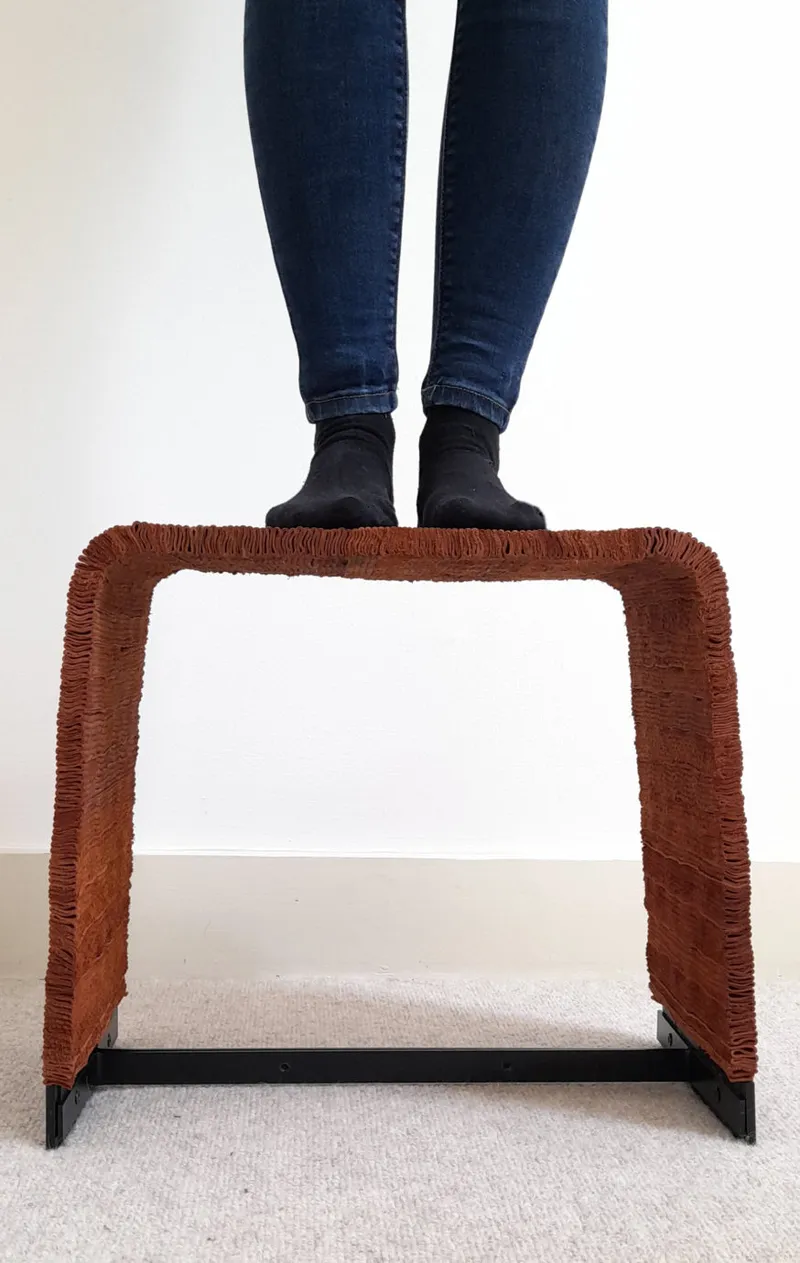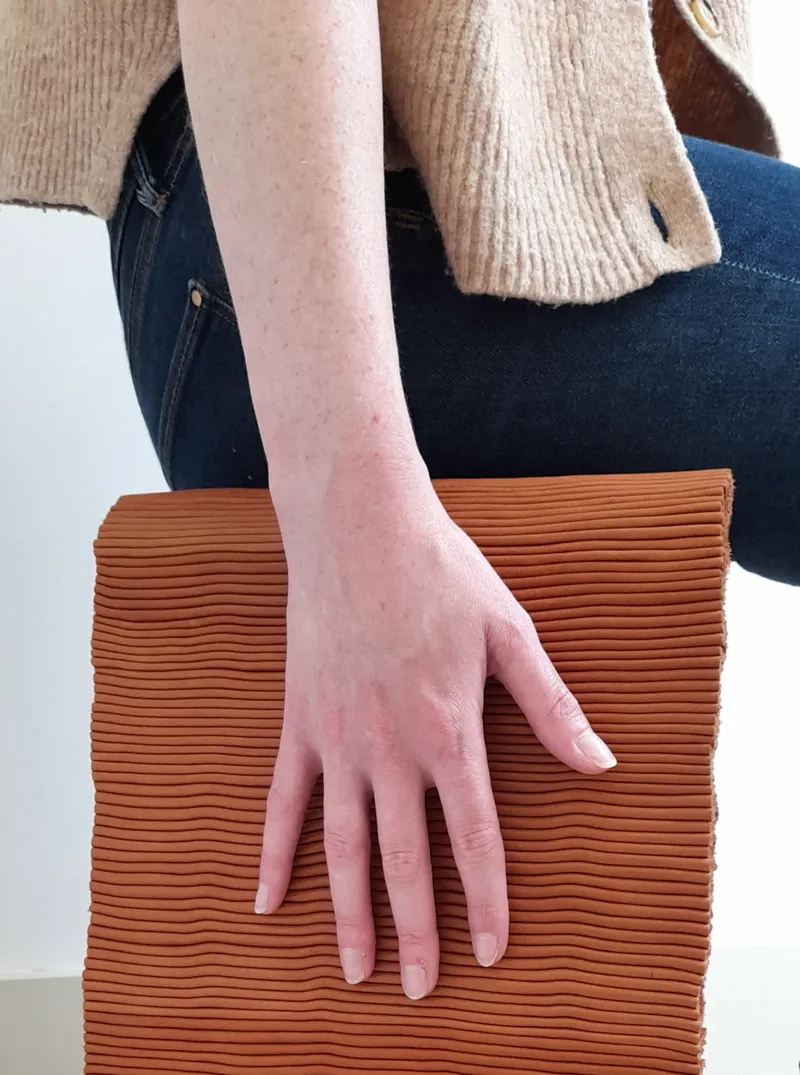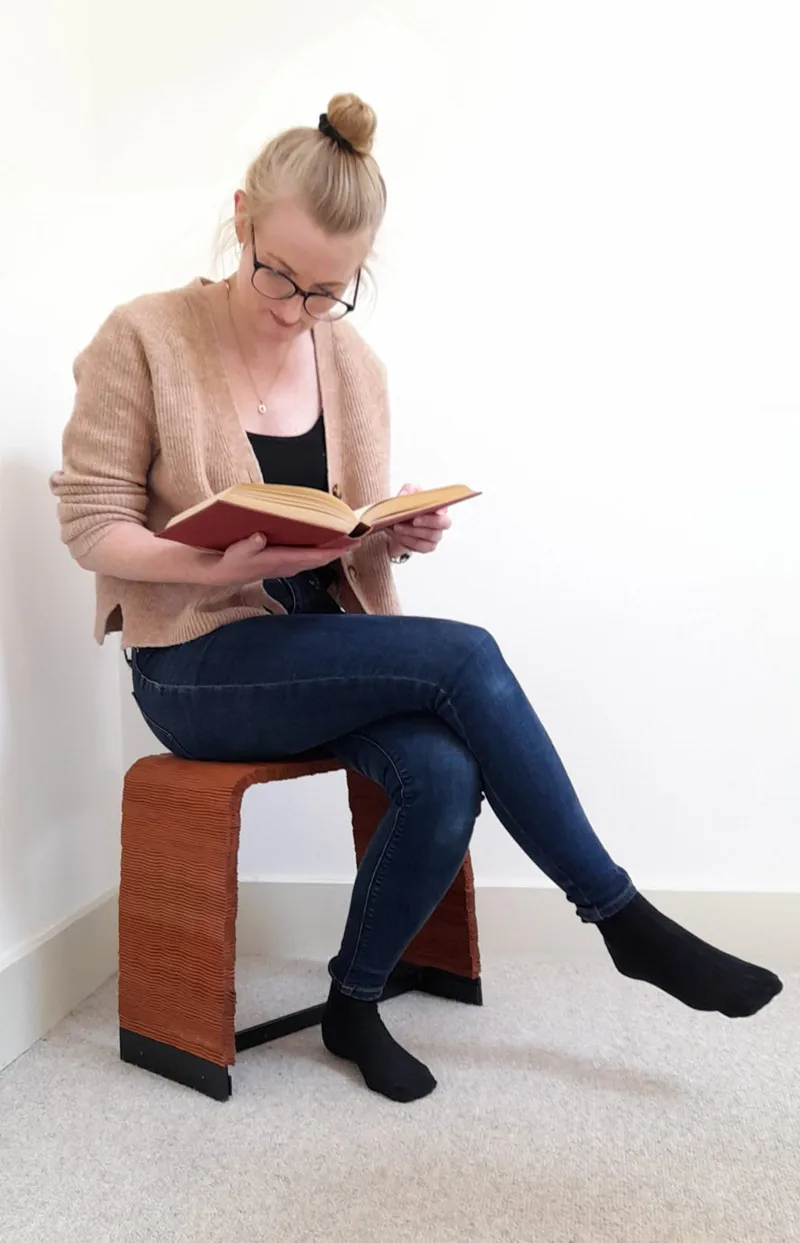In the current economic climate, many furniture companies are struggling with the increase in material costs. In addition, the need for companies to promote and employ sustainable practices has never been more important, due to the drastic increase in social, environmental and government pressure over the past few years in particular.
We as designers have a responsibility to reduce the impacts our designs have on the planet in which we live, and although not a complete solution our ability to be as efficient and resourceful as possible with the materials we use positively contributes to environmental goals and sets an example for others to follow.
It is this thinking that the scrap leather stool is based upon. The goal being to showcase the possibilities with materials others deemed spoiled or useless. The Balzac chair is considered by many to be a British icon, with stories of almost thirty year old versions still being reupholstered today. However the large sheets of leather used need to be perfect in state before application.
An average of around thirty percent of a leather hide is wasted, discarded after the perfect center shape is cut out. Any small deficiencies or scars can also make an entire hide useless. The uniquely weaved upholstery on the Scrap Leather Stool provides a alternative feel and aesthetic to leather furniture. All leather used had been previously discarded with not one piece of leather on the stool being larger than an A4 piece of paper. The weaving also intentionally disguises small deficiencies within the leather with no glue or adhesives used within the entire construction.
The Scrap Leather stool demonstrates a concept that comfort and aesthetics can be successfully achieved with the use of discarded materials, that we can be more resourceful in the materials we choose to use.

